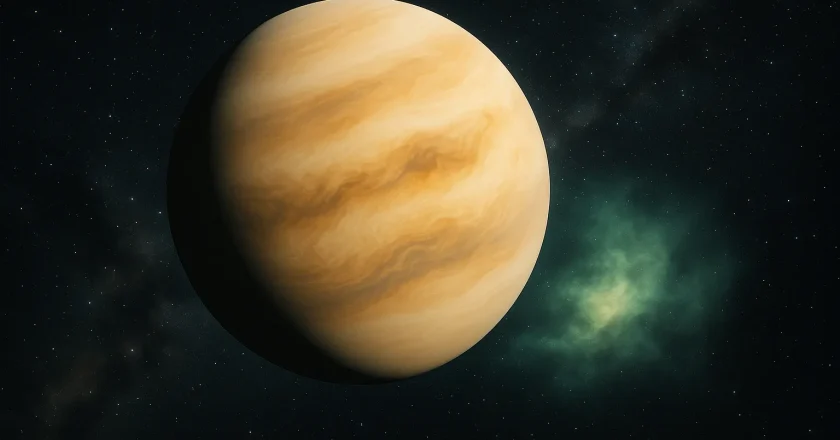Life in the Clouds? Phosphine and Ammonia Spark New Hope for Venusian Microbes
Introduction
Venus, often dubbed Earth's twin due to its similar size and proximity, has long been considered inhospitable. Its surface temperatures soar above 460°C, and its atmosphere is laden with corrosive sulfuric acid. However, recent discoveries have reignited interest in the possibility of life existing within its cloud layers. The detection of phosphine and ammonia—gases associated with biological processes on Earth—in Venus's atmosphere has prompted scientists to reconsider the planet's potential for harboring life.
The Discovery of Phosphine
In 2020, astronomers reported the presence of phosphine (PH₃) in Venus's atmosphere using data from the James Clerk Maxwell Telescope and the Atacama Large Millimeter/submillimeter Array. Phosphine is a gas typically associated with ana...




